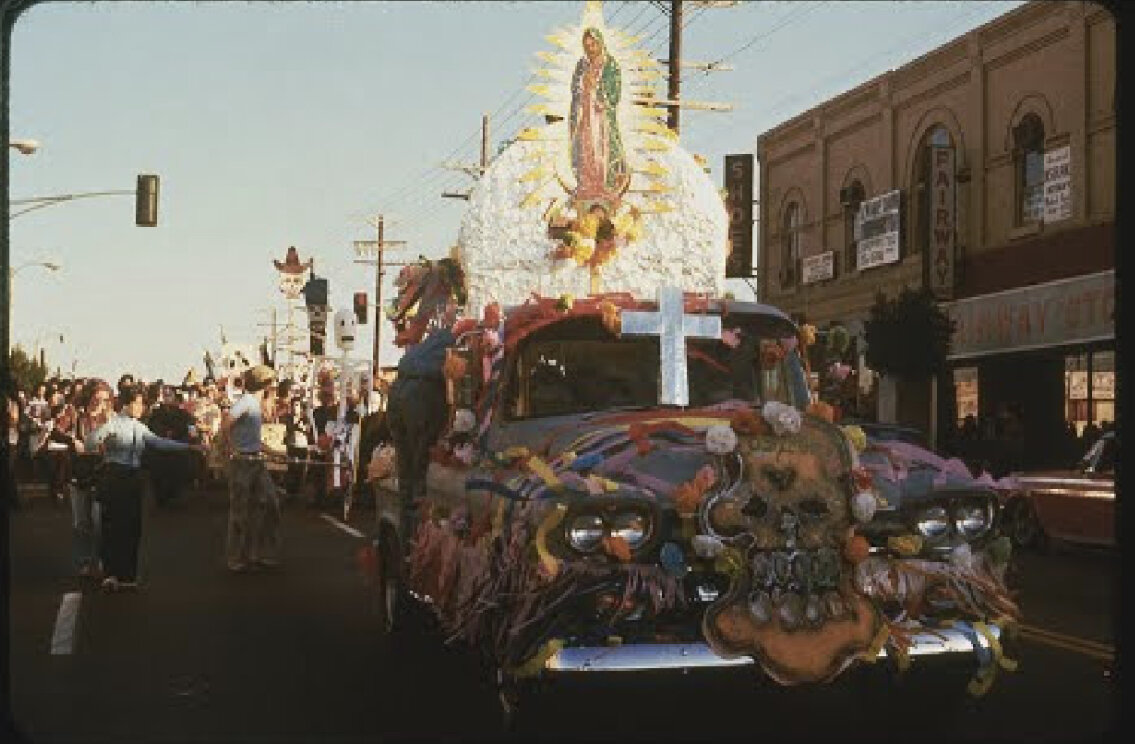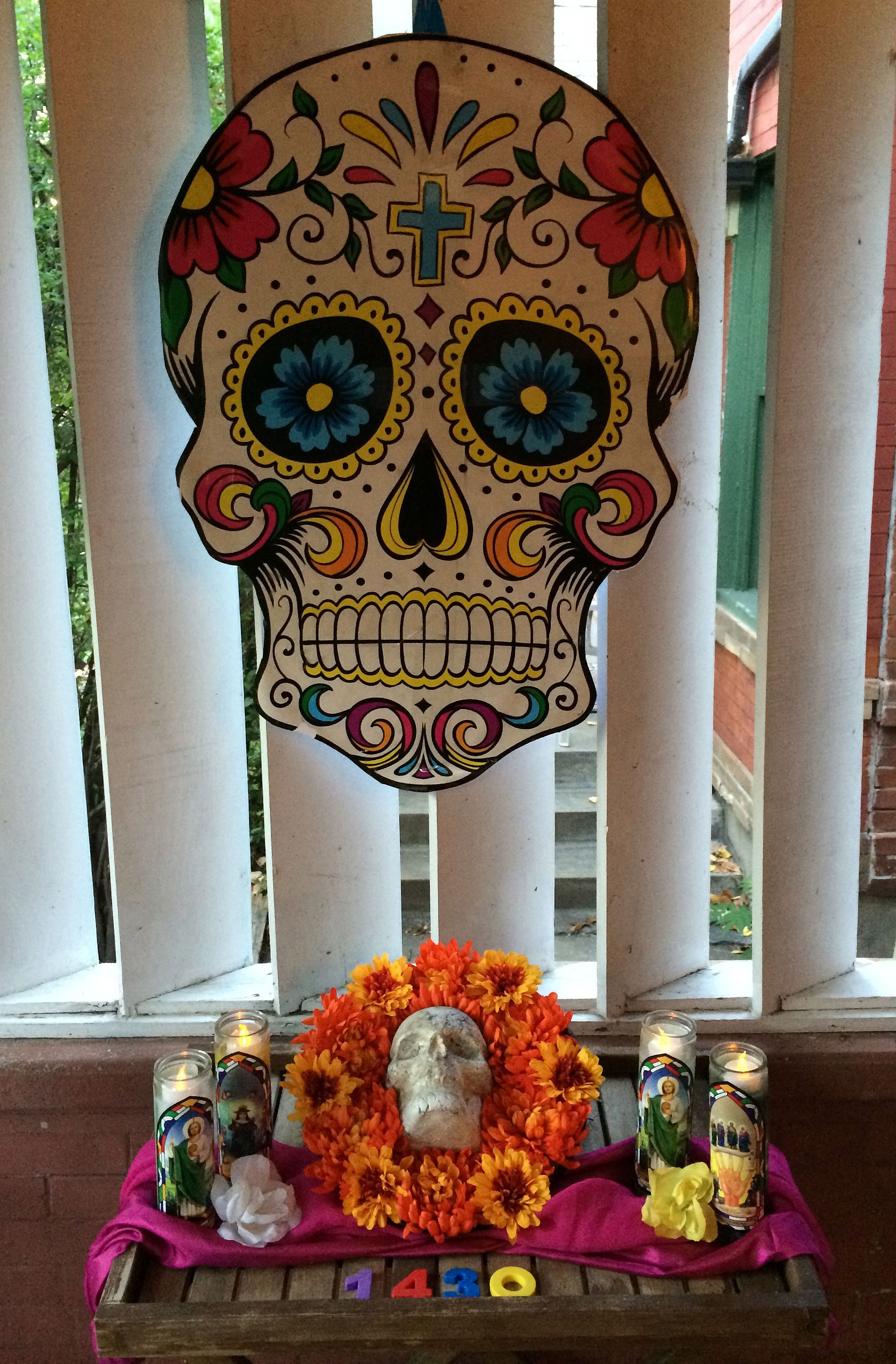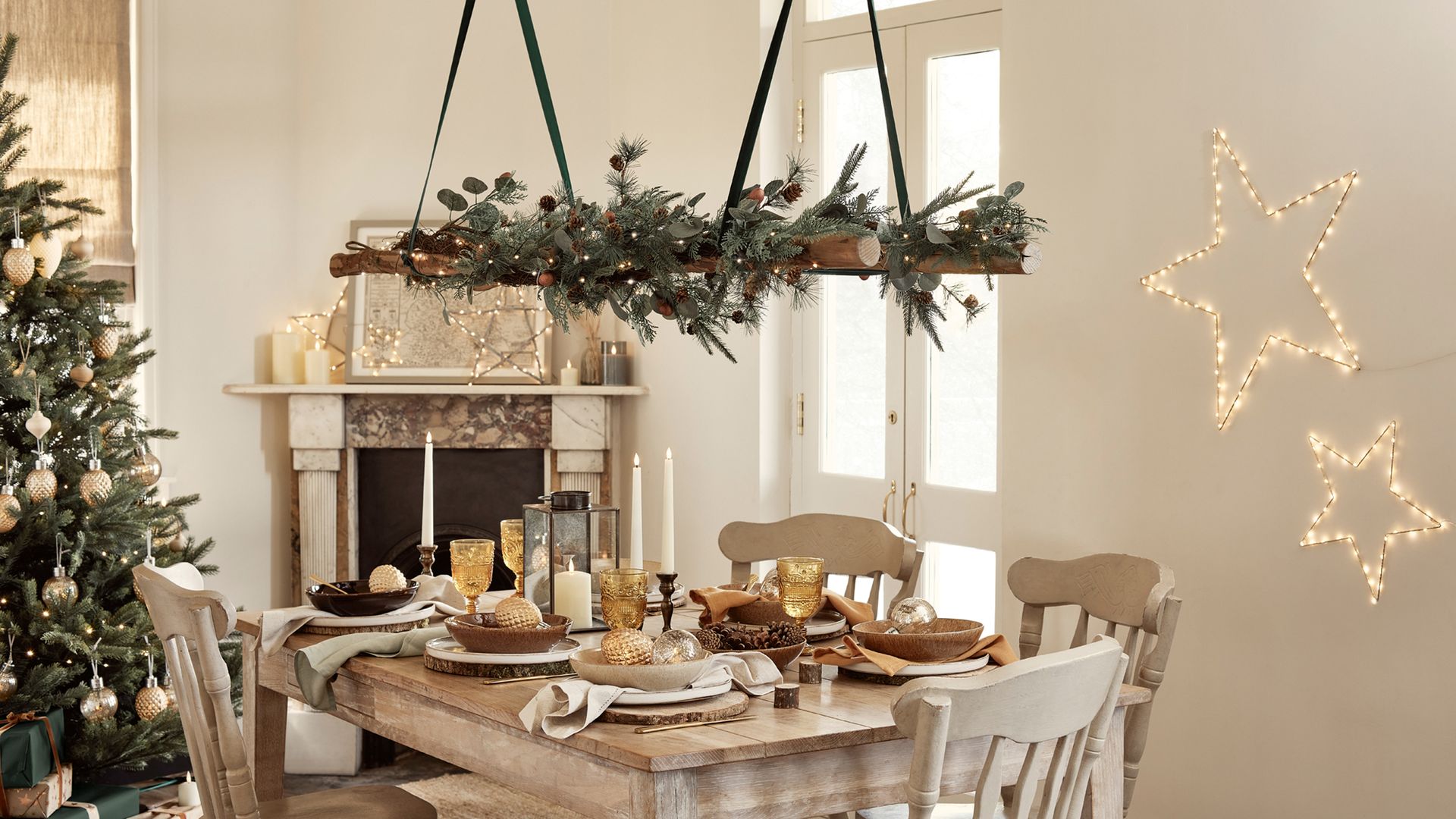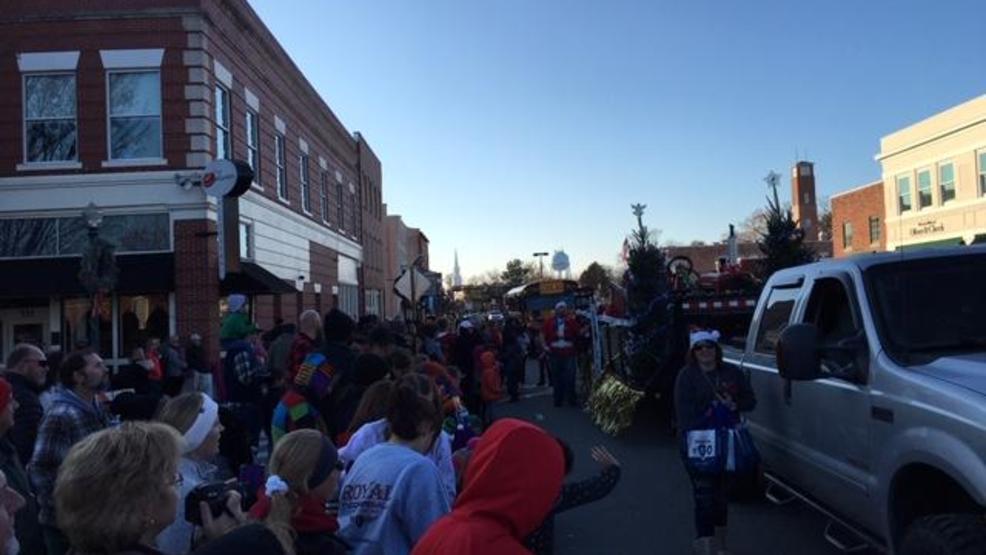Decorating Skulls: The Meaning Behind Día de los Muertos Celebrations

Decorating skulls during Día de los Muertos celebrations holds deep cultural significance and artistic expression within Mexican and Mexican-American communities. This rich tradition transcends mere decoration, serving as a vivid homage to the lives of those who have passed. This blog will delve into the history, symbolism, and various techniques for decorating skulls for Día de los Muertos, offering readers a window into one of the most beautiful and meaningful celebrations of life and death.
Understanding Día de los Muertos

Día de los Muertos, or Day of the Dead, is celebrated on November 1st and 2nd. While it may be easily confused with Halloween due to its proximity, it has a fundamentally different cultural context. Unlike Halloween's focus on horror or fear, Día de los Muertos is a time when families gather to remember and honor their deceased loved ones.
The History of the Tradition

The origins of this tradition can be traced back to indigenous pre-Columbian cultures like the Aztecs, Mayans, and Toltecs, who had rich traditions of viewing death as an extension of life rather than an end. When the Spanish conquistadors brought their Catholic practices, they melded with these indigenous beliefs, giving rise to the modern celebration of Día de los Muertos.
The Symbolism of the Skull

The skull, or calavera, is perhaps the most recognizable symbol of Día de los Muertos. They aren't symbols of fear or dread but are instead festooned with vibrant colors and patterns:
- Life and Death Continuum: The painted skulls symbolize the interconnectedness of life and death, reminding us that death is an inevitable part of the cycle of life.
- Remembrance: By decorating skulls with the names of loved ones, families keep their memory alive.
- Beauty in Death: The intricate designs highlight the Mexican concept of death as not an end, but a continuation into the afterlife, celebrated with beauty and reverence.
Techniques for Decorating Skulls

There are several methods to decorate skulls for Día de los Muertos:
Paper Mache Skulls

Many artists and crafters use paper mache to create colorful calaveras. Here's a basic process:
- Craft the form using balloons or cardboard as a base.
- Layer paper strips dipped in glue over the form, allowing each layer to dry.
- Once the structure is dry, paint it with bright, festive colors.
- Adorn with flowers, sequins, beads, or decoupage.
Sugar Skulls

Sugar skulls, or calaveras de azúcar, are not just for decoration but can also be eaten. Here's how they're made:
- Mix sugar, meringue powder, and water into a moldable paste.
- Press into skull-shaped molds.
- Once dry, paint and decorate with icing, colorful foils, or paper.
💡 Note: Sugar skulls are not meant for consumption, so they are usually made with non-toxic food-grade decorations.
Clay or Ceramic Skulls

Skulls made from clay or ceramic offer a more durable and sometimes more intricate decoration option:
- Shape the skull from clay, allowing it to harden or fire in a kiln.
- Paint with acrylics, using traditional colors like marigold yellow, deep reds, and vibrant greens.
- Add details like flowers, patterns, or personal inscriptions.
The Significance of Each Decoration

Each element used to decorate the skulls carries its own symbolism:
| Decoration | Symbolism |
|---|---|
| Flowers | Representing life, with marigolds guiding spirits back to the world of the living. |
| Bright Colors | Symbolizing the joy of the celebration and the colorful lives of the departed. |
| Spirals and Hearts | Spirals for the cycle of life, hearts for the love shared with the deceased. |

The art of skull decoration is not merely about creating visually appealing objects but about infusing the celebration with stories, personalities, and memories of the loved ones commemorated.
Inspiration and Personal Touch

When decorating skulls, individuals often find inspiration from various sources:
- Family Tradition: Passed down recipes, colors, and themes become a way of continuing the memory of ancestors.
- Cultural References: Traditional folk art, regional designs, or even the works of famous artists like Frida Kahlo.
- Personal Loss: Honoring someone who recently passed by incorporating their favorite colors or interests.
Each skull becomes a unique piece of art, a bridge between the past and present, between life and death.
What is the significance of the colors used in Día de los Muertos skull decorations?

+
Colors used in skull decorations hold specific meanings: purple for pain or suffering, pink for celebration, red for the blood of life, and yellow for the marigold flower, which guides spirits back to the world of the living.
Can I eat sugar skulls?

+
While sugar skulls are made from edible ingredients, they are primarily decorative and often contain non-toxic, inedible decorations like sequins or paper, making them unsuitable for consumption.
How do I honor someone who has passed during Día de los Muertos?

+
Honor the deceased by creating an ofrenda (altar), decorating their skull, lighting candles, sharing stories, and including their favorite foods or items in the celebration.
Are there any specific materials I should avoid when making sugar skulls?

+
Yes, avoid using any toxic or non-food-grade materials like glitter, some paints, or plastic decorations that could contaminate the skull if not used properly.
In summary, decorating skulls for Día de los Muertos is far more than an artistic endeavor; it’s a vibrant ritual that reinforces the bond between the living and the deceased. Each skull, with its colorful and intricate designs, tells a story, celebrates life, and keeps the memory of loved ones vibrant and honored. This tradition stands as a testament to the beauty and complexity of life, reminding us of the continuity between life, death, and the afterlife, celebrated with joy, reverence, and boundless creativity.



